Slow cooker soups are a popular choice for busy individuals and families seeking a comforting, nutritious, and easy-to-prepare meal. These soups are made by combining various ingredients, such as vegetables, meats, grains, and seasonings, in a slow cooker or crock pot.
The appliance is set to cook the soup at a low temperature for an extended period, several hours, allowing the flavors to meld together and create a delicious, heartwarming dish.
One of the main advantages of slow cooker soups is their convenience. Ingredients can be prepared and added to the slow cooker in the morning, allowing the soup to cook throughout the day while you attend to other tasks. This makes slow cooker soups an ideal option for those with busy schedules who still want to enjoy a home-cooked meal.
Slow cooker soups also offer versatility, as there are countless recipes available to suit various tastes and dietary preferences. From classic favorites like chicken noodle and minestrone to more unique options like butternut squash and lentil curry, there is a slow cooker soup recipe for everyone. Additionally, these soups can be easily customized by adding or substituting ingredients to cater to personal tastes or dietary restrictions.
1. Prep Ingredients the Night Before
Preparing your ingredients the night before can save you a lot of time and hassle in the morning. Chop vegetables, measure spices, and trim meats in advance. Store everything in the fridge so that you can simply dump them into the slow cooker in the morning. This is particularly useful for busy weekdays when you need to get meals started quickly.
2. Layer Ingredients Strategically
The order in which you add ingredients to the slow cooker matters. Start with dense vegetables like potatoes and carrots on the bottom, as they take longer to cook. Layer proteins like meat next, and then add softer vegetables and grains on top. This ensures even cooking and prevents delicate ingredients from becoming mushy.
3. Brown Meat Beforehand
While it’s tempting to skip this step, browning meat before adding it to the slow cooker enhances flavor and texture. Searing the meat helps to lock in juices and creates a rich, caramelized surface. This step can be done the night before during your prep, making it easier to incorporate into your cooking routine.
4. Use the Right Amount of Liquid
Slow cookers require less liquid than other cooking methods because they retain moisture. Be cautious not to overfill your slow cooker with broth or water. Generally, you should aim to have the liquid cover the ingredients by about an inch. Too much liquid can result in a soupy mess, while too little can cause burning and uneven cooking.
5. Choose the Correct Slow Cooker Size
The size of your slow cooker affects cooking times and results. A slow cooker should be filled halfway to three-quarters full for optimal cooking. If it’s too full, the food may not cook evenly. If it’s too empty, it can cook too quickly. Match the size of the slow cooker to the amount of soup you’re making for best results.
6. Avoid Overstirring
Resist the urge to frequently lift the lid and stir your soup. Each time you open the lid, heat escapes, which can significantly increase cooking times. Slow cookers are designed to cook without much intervention. Stirring too can also break down ingredients, leading to a mushy texture.
7. Adjust Seasoning at the End
Slow cooking can mellow the flavors of spices and herbs. It’s best to adjust the seasoning towards the end of the cooking time. Taste your soup and add more salt, pepper, or other seasonings as needed. This ensures that the flavors are vibrant and well-balanced.
8. Incorporate Fresh Herbs and Dairy at the End
Fresh herbs and dairy products like milk, cream, or cheese can lose their flavor and texture if cooked for too long. Add these ingredients in the last 30 minutes of cooking to maintain their freshness and prevent curdling. This step enhances the overall taste and consistency of your soup.
9. Cool and Store Soups Properly
Once your soup is done, allow it to cool slightly before transferring to storage containers. Soups should be stored in airtight containers in the fridge or freezer. When freezing, leave some space at the top of the container for expansion. Proper storage ensures your soup stays fresh and flavorful for future meals.
10. Experiment with Cooking Times and Temperatures
Not all soups are created equal, and some ingredients may require different cooking times. High settings cook food faster, but low settings develop deeper flavors over time. Experiment with cooking times and temperatures to find what works best for each type of soup. Keep notes on what combinations work well, so you can replicate successful results in the future.
Recommended Products
Slow Cooker Soups
#25. Crock Pot Ham And Bean Soup
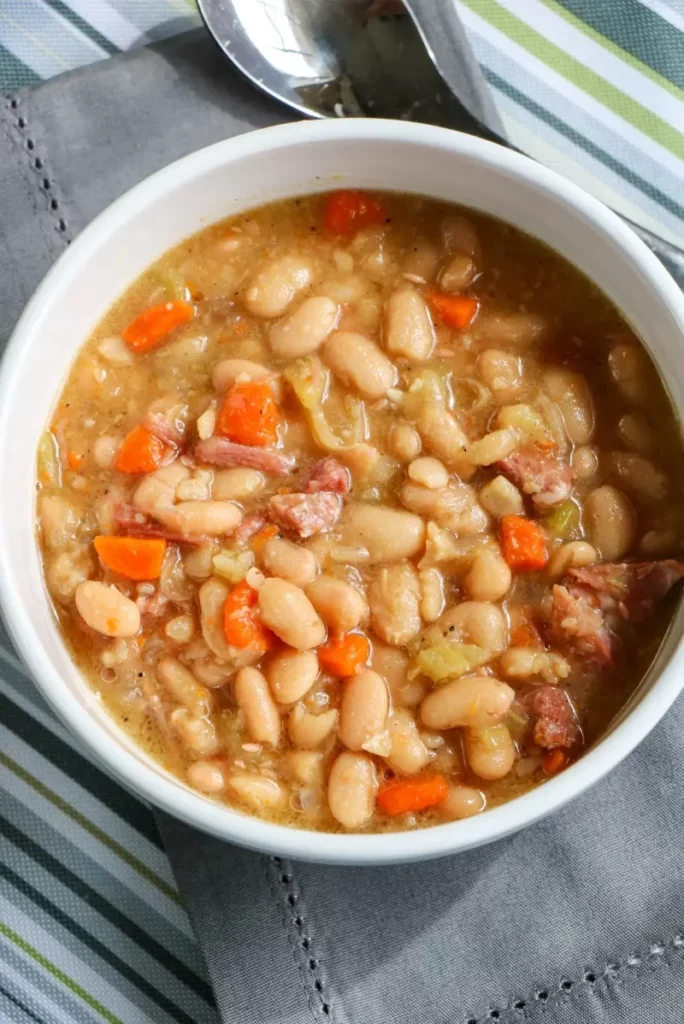
#24. Crockpot Potato Soup
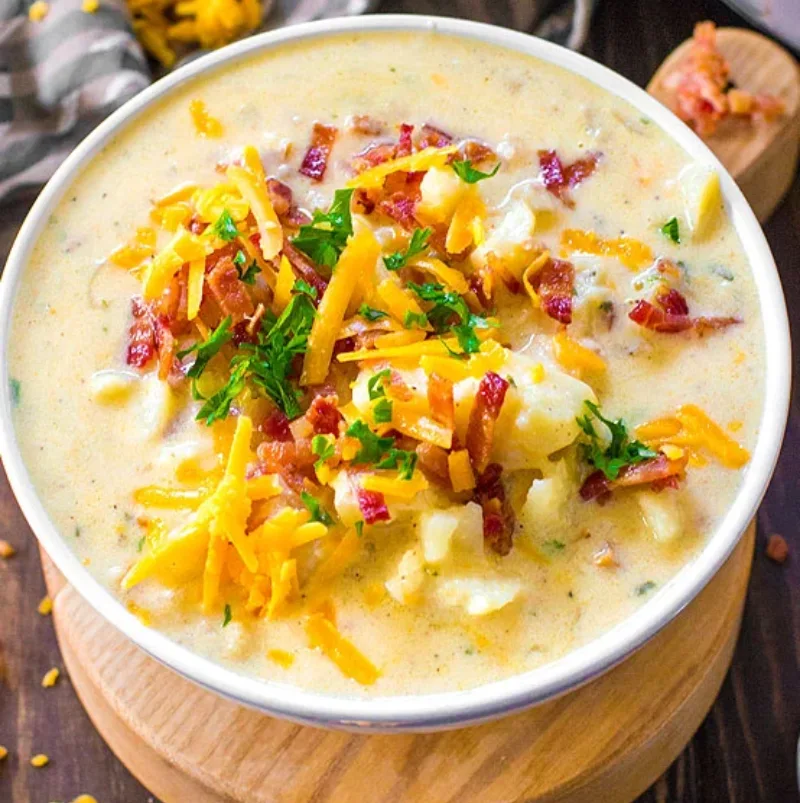
#23. Slow Cooker Stuffed Pepper Soup

#22. Slow Cooker Chicken Tortellini Soup
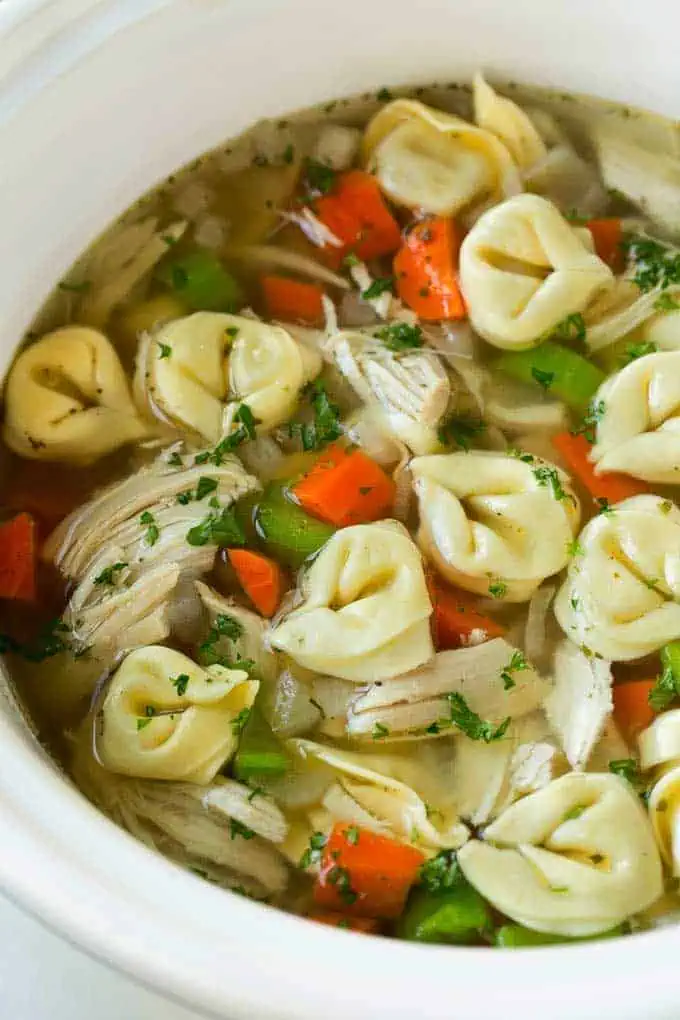
#21. Slow Cooker Minestrone Soup

#20. Easy Crockpot White Chicken Chili

#19. Slow Cooker Creamy Chicken and Wild Rice Soup

#18. Meaty Cabbage Soup

#17. Slow Cooker Creamy Chicken Tortilla Soup

#16. Crockpot Creamy Chicken Noodle Soup

#15. Easy Crock Pot Broccoli Cheese Soup

#14. Slow Cooker Lasagna Soup
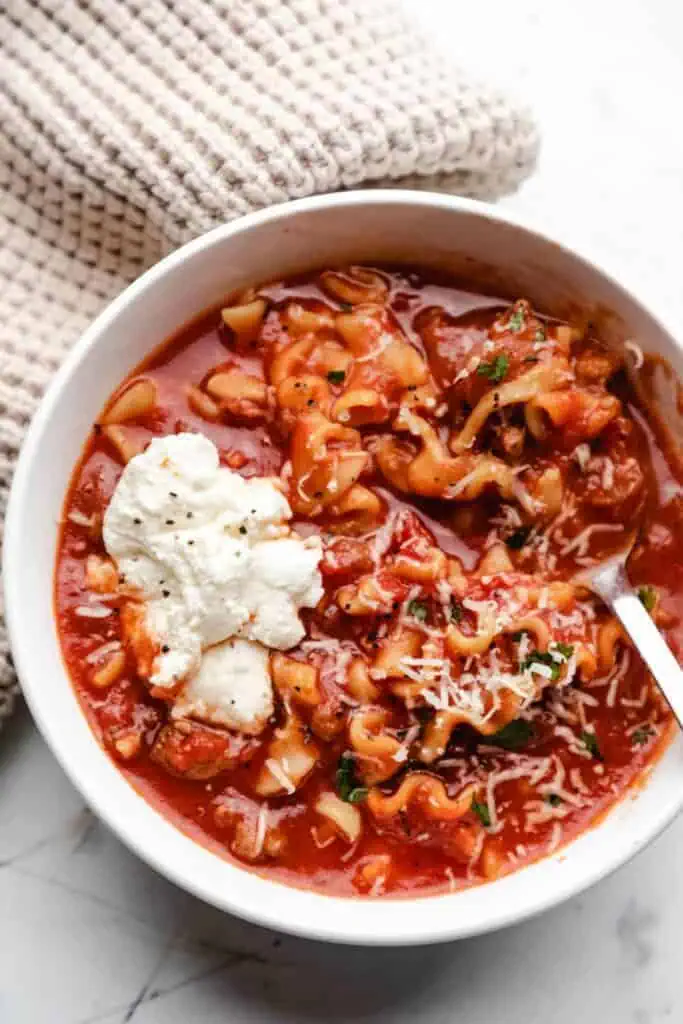
#13. Slow Cooker Whole30 Chili

#12. Slow Cooker Zuppa Toscana

#11. Hearty Italian White Bean Soup with Pasta

#10. Crockpot Taco Soup

#9. Slow Cooker Pumpkin Soup

#8. Crockpot Chicken Noodle and Kale Soup

#7. Crock Pot Cheeseburger Soup
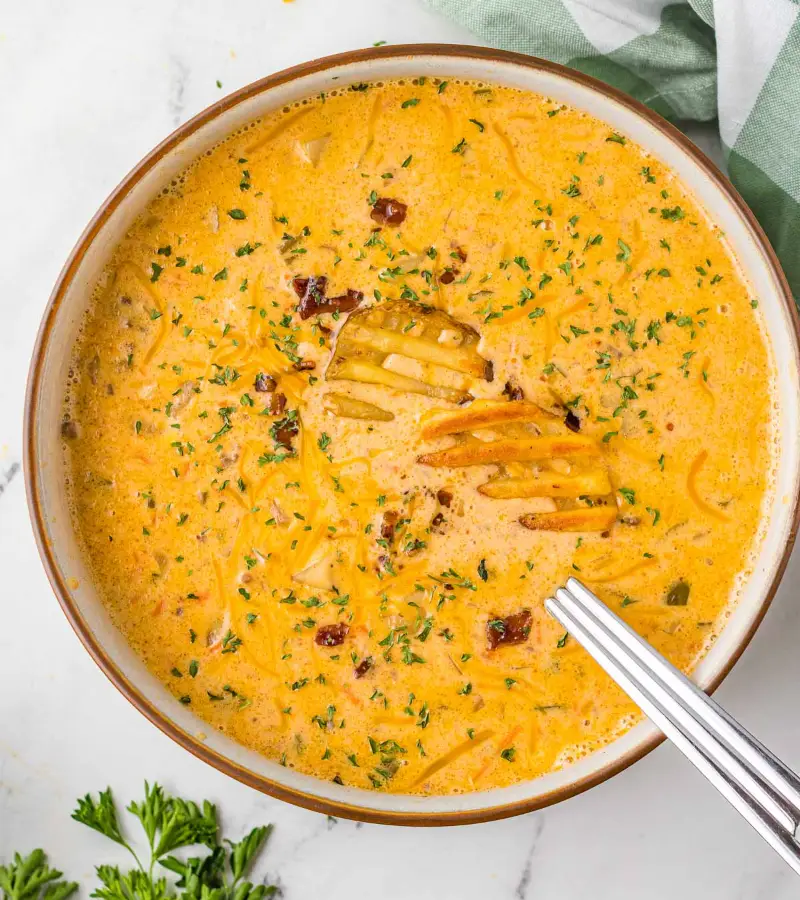
#6. White Bean Chili

#5. Slow Cooker Butternut Squash Soup
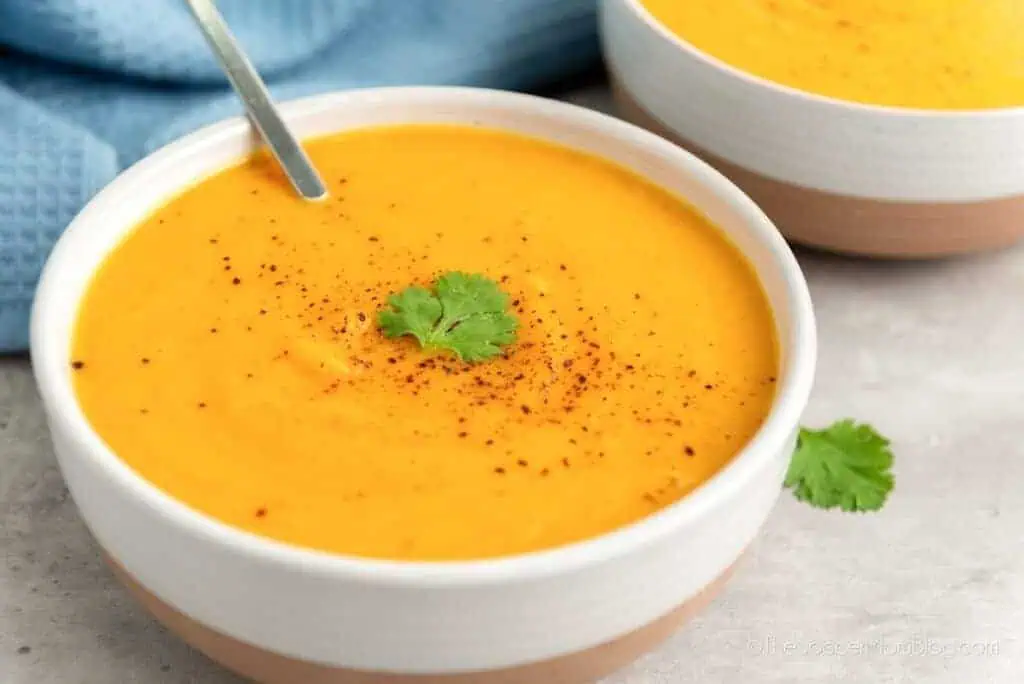
#4. Homemade Beef Barley Soup

#3. Slow Cooker Cajun 15 Bean Soup

#2. Slow Cooker Beef Pho
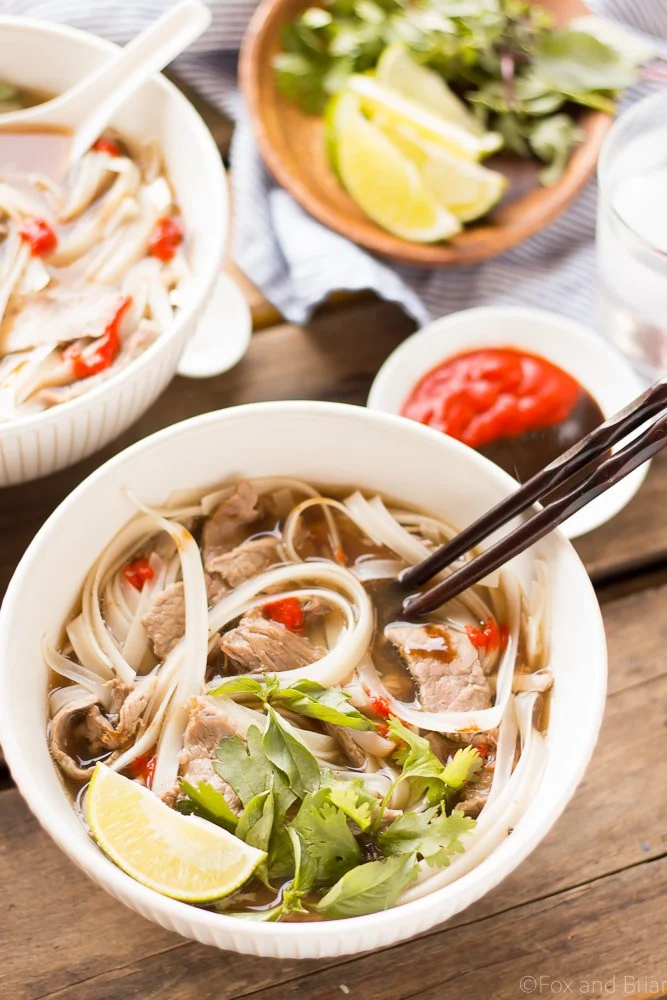
#1. Autumn Butternut Beef Stew

What are the benefits of making soups in a slow cooker?
Convenience: Slow cookers allow for a hands-off cooking approach. You can prepare ingredients in the morning, set the slow cooker, and have a hot meal ready by dinner time.
Flavor Enhancement: Slow cooking allows flavors to meld together over time, resulting in rich, deeply flavored soups.
Energy Efficiency: Slow cookers use less energy compared to traditional stovetop or oven cooking.
Nutrient Retention: Slow cooking at low temperatures helps retain more nutrients in the ingredients.
Can I use frozen ingredients in my slow cooker soup?
Safety: It’s best to thaw frozen ingredients before adding them to the slow cooker. This helps to ensure that the food reaches safe cooking temperatures quickly.
Consistency: Using frozen ingredients can affect cooking times and the texture of the final dish.
How much liquid should I add to slow cooker soups?
General Rule: Add enough liquid to cover the ingredients by about an inch. Remember that slow cookers retain moisture, so you may need less liquid than traditional stovetop recipes.
Adjustments: If the soup is too thick, add more broth or water during the cooking process. If too thin, remove the lid for the last hour of cooking to allow some liquid to evaporate.
Can I add dairy to slow cooker soups?
Timing: Add dairy products like milk, cream, or cheese towards the end of the cooking time to prevent curdling.
Alternatives: For a creamy texture without using dairy, consider using coconut milk or pureeing some of the soup’s vegetables.


